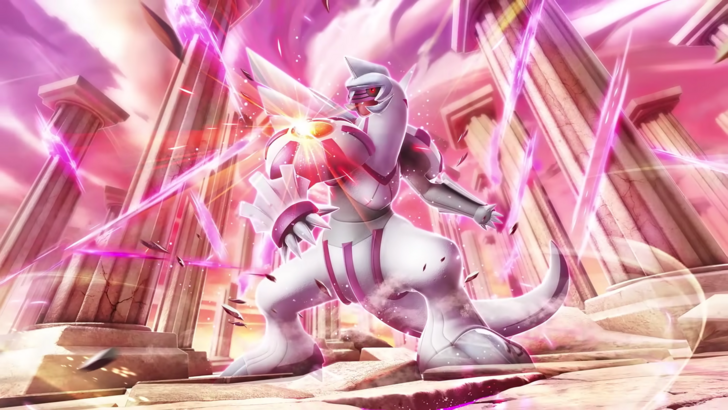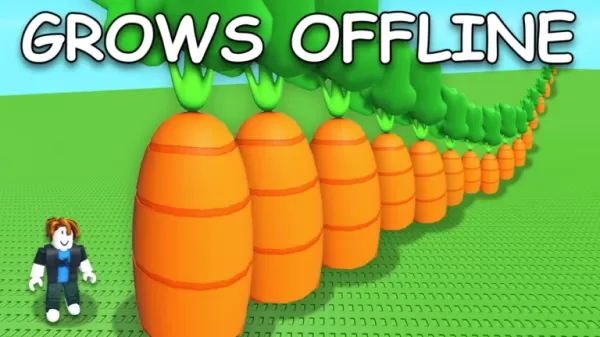Dang. $80 for *Mario Kart World*, huh?
Today’s Nintendo Direct brought a ton of clarity to the future of Nintendo gaming, especially with the official reveal of the Nintendo Switch 2—including its launch lineup, release date, and yes… the pricing. And while much of the presentation was exciting, some of the numbers left fans scratching their heads.
Nintendo Switch 2 Pricing Breakdown
- Nintendo Switch 2 (console only): $449.99 USD
- Nintendo Switch 2 + Mario Kart World bundle: $499.99 USD
- Mario Kart World (standalone): $79.99 USD
- Donkey Kong Bananza: $69.99 USD
- Nintendo Switch 2 Pro Controller: $79.99 USD
- Nintendo Switch 2 Camera: $49.99 USD
- Joy-Con 2 Controller pair: $89.99 USD
- Joy-Con 2 Charging Grip: $34.99 USD
- Joy-Con 2 Strap: $12.99 USD
- Joy-Con 2 Wheel pair: $19.99 USD
- Nintendo Switch 2 Dock Set: $109.99 USD
- Nintendo Switch 2 Carrying Case and Screen Protector: $34.99 USD
- Nintendo Switch 2 All-In-One Carrying Case: $79.99 USD
- Nintendo Switch 2 AC Adapter: $29.99 USD
That’s a hefty investment just to get started with the new system, even if you’re only grabbing the console, one game, and maybe an extra controller. But what really stands out is the console itself: $449.99 isn’t too far from what many analysts had predicted earlier this year—most guessed around $400—but it still raises eyebrows when stacked against other next-gen systems on the market.
Now, let’s talk about the elephant in the room: *Mario Kart World* at $79.99. That makes it the most expensive first-party title Nintendo has ever released—without being a deluxe edition or anything like that. For context, we only recently saw games rise from $60 to $70, and now Nintendo is pushing the envelope even further. Even bundled with the system, the price tag feels steep.
Why the Higher Prices?
To understand what’s going on behind the scenes, I spoke with several industry analysts who offered insights into the factors driving these decisions. Here’s what they had to say.
The Console Price: A Strategic Move
Most analysts agreed that the $449.99 price point wasn’t entirely unexpected. It reflects a combination of increased manufacturing costs, potential tariffs, and broader market conditions.
Joost van Dreunen, NYU Stern professor and author of SuperJoost Playlist, described the pricing as a “strategic balancing act” by Nintendo, designed to offset potential trade barriers while maintaining profitability.
Piers Harding-Rolls of Ampere Analysis noted that Nintendo likely kept multiple pricing options open until the last minute due to uncertainty over U.S. import tariffs. He also pointed out that the OLED model’s $350 price helped set expectations for the new hardware.
Dr. Serkan Toto added another angle: competition. With the PlayStation 5 Pro priced at $700, Nintendo may have felt comfortable settling around the $450 range.
Japan vs. The World: Why Two Versions?
James McWhirter of Omdia explained that Japan accounts for a quarter of the Nintendo Switch installed base in 2024. To maintain that dominance without triggering gray market issues, Nintendo is offering two versions:
- Japanese-only version: 49,980 yen (~$333 USD)
- Multi-language version: 69,980 yen (~$466 USD)
This approach protects Nintendo’s position in Japan while preventing floodgates for imports elsewhere.
Mario Kart World: Why So Expensive?
So why is *Mario Kart World* priced at $80? Analysts pointed to several reasons:
- Tariff fears: Nintendo may be hedging against possible tariffs by front-loading higher prices now.
- Market testing: Nintendo is using its most popular franchise to gauge how high players are willing to go before pushback happens.
- Development and migration costs: Moving titles to the new platform and supporting both physical and digital formats adds complexity.
- Digital shift strategy: Nintendo wants to encourage digital purchases, where it retains more control and revenue compared to physical resales.
Mat Piscatella of Circana summed it up well: “While pricing can always be lowered later, raising it after release is painful. This is Nintendo playing it safe in uncertain times.”
Rhys Elliott of Alinea Analytics added that Nintendo’s reliance on physical media cuts into profits. By nudging users toward digital, they gain better control over pricing and revenue streams.
Dr. Serkan Toto put it bluntly: “Nintendo is charging this price because they feel they can—and people will pay.”
Will This Affect Sales?
Surprisingly, most analysts don’t believe the pricing will significantly impact early sales. Nintendo’s core fanbase is known for being passionate and price-insensitive, especially at launch.
- Mat Piscatella: “Sales won’t be affected in Year 1. The real test comes in Year 2, once supply stabilizes and Nintendo needs to attract a wider audience.”
- James Mc









